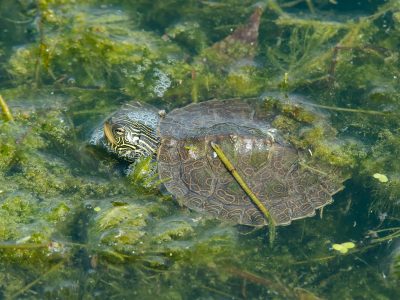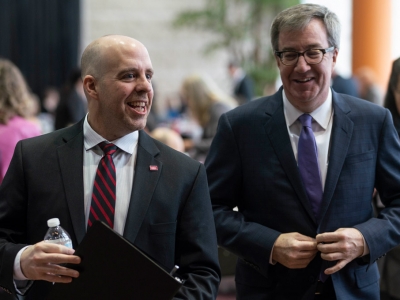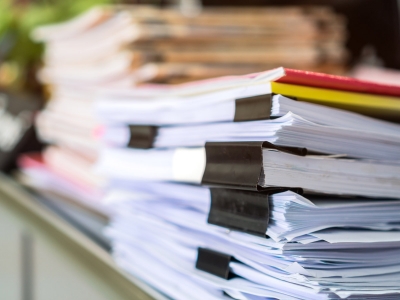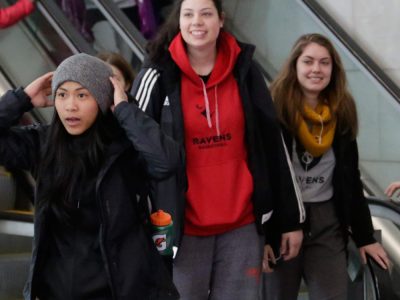By Elizabeth Kane
Cosmic radiation constantly washes over the Earth, where delicate life is protected by our atmosphere.
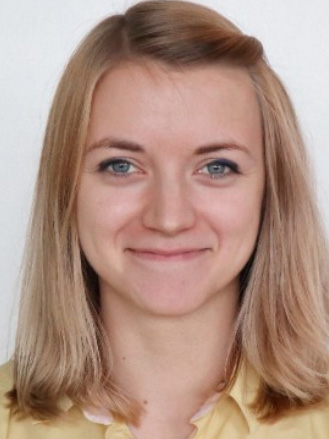
Julia Kolotylo
However, as humans seek to test the limits of space travel and exploration, knowing how much ionizing radiation—such as X-rays and gamma rays—is in our stratosphere becomes increasingly important.
A team of enterprising students are taking an innovative approach to detecting these rays by utilizing silver nanoparticles and will be sending their experiment to the skies as part of the Canadian Stratospheric Balloon Experiment Design competition organized by Students for Exploration and Development of Space (SEDS) Canada.
Here on Earth, nanoparticles have been used in medical devices to calibrate radiation levels for patients.
“We want to give this practice a bit of a space twist and see if it works,” says third-year Mechanical and Aerospace Engineering student and CU-AstroBubble project lead Julia Kolotylo.
“We are currently working with the National Research Council to measure the material’s reactions.”
Understanding the Impacts of
Radiation and Space Travel
Radiation is dangerous to human health, as it can accumulate in the body. In fact, the aviation industry already has regulations for its workforce to protect them from the negative consequences of radiation exposure in-flight.
As society becomes more comfortable with space exploration, it is important to understand potential impacts.
“This information can help us determine what are the dangers of staying for a short or long time in the stratosphere,” says Kolotylo.
Kolotylo came across the national post-secondary competition during a search for a space-focused project in need of participants.
The event will see teams from across Canada design experiments that will fly on board a high-altitude balloon created by the Canadian Space Agency (CSA). The small-scale platforms can support a total weight of 3 kilograms—requiring participants to innovate lightweight and compact experiments.
Working Together Across Academic Disciplines
Kolotylo found like-minded students interested in taking on this challenge from a variety of academic backgrounds. Carleton’s inaugural competition team includes Mechanical and Aerospace Engineering students Sukriti Kumar, Mili Patel, and Aaron Yu; Electrical Engineering students Andrew Yip and Juan Rojas Cruz; Engineering Physics student Michael Loh; Master of Science student Jimmy Baril and Nanoscience student Zachary Pogue.
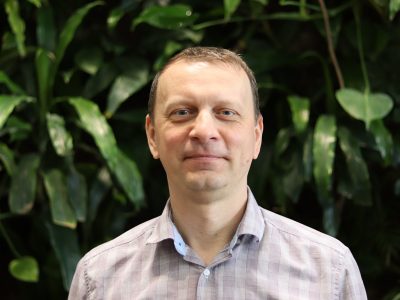
Prof. Anatoli Ianoul
The team has combined their talents and expertise to develop a sensor that will detect ionizing radiation in the stratosphere using nanoparticles. They will explore whether a clear connection can be seen in the reaction of the nanoparticles. If so, it will be converted into an easy-to-use radiation detector, similar to acid test strips.
The team’s faculty advisor Prof. Anatoli Ianoul, from the Department of Chemistry, cites the importance of a variety of academic disciplines when working such a complicated project, as students combine their technical expertise with their colleague’s fundamental scientific knowledge.
“To make things in this age of very complex scientific development, to design something unique and make a new instrument, one must have contributions from both engineering and chemistry,” says Ianoul.
Competition Offers Experiences Beyond the Classroom
After an intense series of competition milestones, teams will attend the launch of their devices and collect the resulting data this summer in Timmins, Ont.
The student-led project is providing opportunities for unique learning experiences outside of the classroom as well, including experiments at a radiation lab at the National Research Council. By combining facets of both engineering and chemistry, team members are getting exposure to subjects well beyond their core curriculum.
To help achieve their space competition dreams, the team recognized that some monetary resources would be needed to pay for supplies and competition costs, necessitating the launch of their project on Carleton’s FutureFunder platform to raise the needed funds.
One challenge the team has faced is making progress at a time of gathering restrictions during the COVID-19 pandemic. As in-person collaboration returns, Kolotylo looks forward to the change in the team’s dynamic.
“Now I get to see my teammates, go on field trips, discuss ideas and work together on this project,” she says, “which is a student experience that we have all been missing for the past few years.”
Tuesday, April 5, 2022 in Faculty of Engineering and Design, Faculty of Science
Share: Twitter, Facebook
